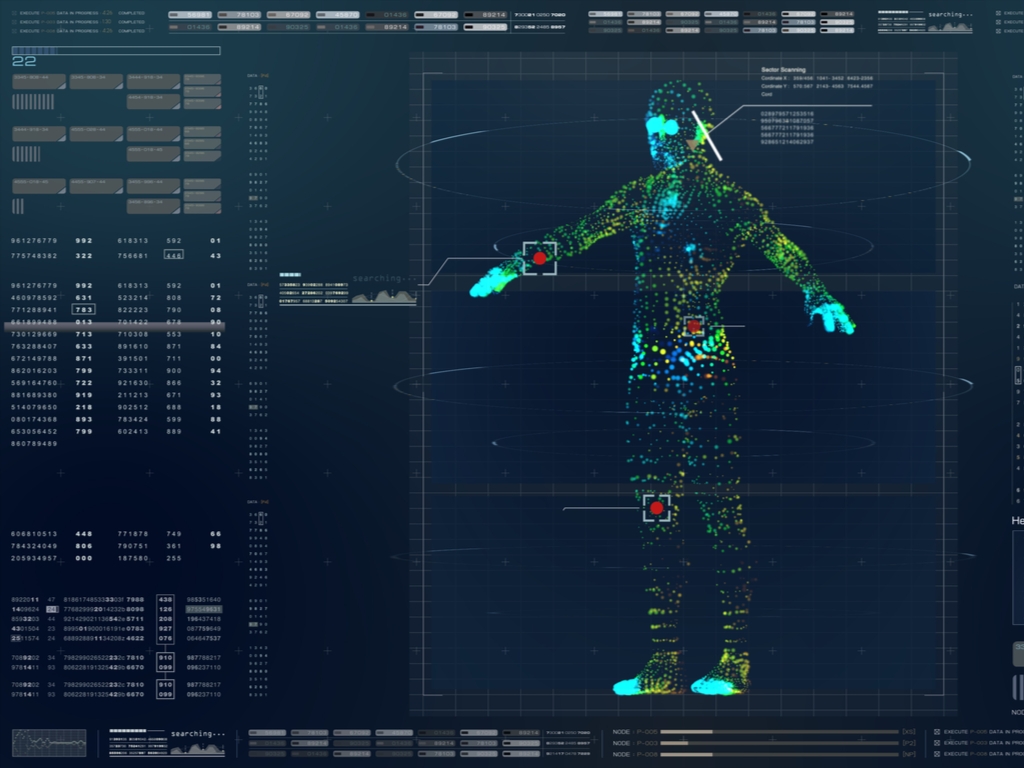
How Does the FDA Differ from CLIA?
There is often confusion on the differences in the regulations and requirements for lab-developed tests and in vitro diagnostic. There have been many discussions on how to elucidate the differences between the two organizations – with CLIA issuing an FAQ on how to interpret the differences. Some commonly asked questions are listed below.
What oversight does the FDA have?
The FDA has broad legal authority to regulate many classes of drugs and medical devices (including in vitro diagnostics). However, the regulatory authority for lab-developed tests resides with CMS. FDA regulates these classes of drugs through standards defined as 21CFR.
The FDA tests both analytical validity (sensitivity, precision and accuracy) as well as clinical validity (accuracy with which it measures of predicts presence/absence of clinical condition in patient).
What is the CMS's authority regarding LDTs and how does it differ from the FDA's authority?
This response is taken directly from the FAQ issued by CLIA and can be found here.
The Clinical Laboratory Improvement Amendments (CLIA) program regulates laboratories that perform testing on patient specimens in order to ensure accurate and reliable test results. The FDA regulates manufacturers and devices under the Federal Food, Drug, and Cosmetic Act (FFDCA) to ensure that devices, including those intended for use in the diagnosis of disease or other conditions, or in the cure, mitigation, treatment, or prevention of disease, are reasonably safe and effective.
The FDA defines a Laboratory Developed Test (LDT) as an in vitro diagnostic test that is
manufactured by and used within a single laboratory (i.e. a laboratory with a single CLIA
certificate). LDTs are also sometimes called in-house developed tests, or “home brew” tests.
Similar to other in vitro diagnostic tests, LDTs are considered “devices,” as defined by the
FFDCA, and are therefore subject to regulatory oversight by FDA.
What is a 510k?
What is a PMA?
What is an LDT?
An LDT is a “Laboratory Developed Test”, defined by the FDA as an in vitro diagnostic test that is manufactured by and used within a single laboratory (i.e. a laboratory with a single CLIA certificate).
LDTs are also sometimes called in-house developed tests, or “home brew” tests. Similar to other in vitro diagnostic tests, LDTs are considered “devices,” as defined by the FFDCA, and are therefore subject to regulatory oversight by FDA.
What Oversight Does CMS Have?
When a laboratory develops a test system such as an LDT in-house without receiving FDA clearance or approval, CLIA prohibits the release of any test results prior to the laboratory establishing certain performance characteristics relating to analytical validity for the use of that test system in the laboratory’s own environment.
CLIA regulations establish quality standards for laboratory testing performed on specimens from humans, such as blood, body fluid and tissue, for the purpose of diagnosis, prevention, or treatment of disease, or assessment of health.
It ensures accuracy and reliability of testing but not the clinical validity of the test (ie. accuracy to which the test identifies, measures or predicts).
By: Kiran Chin


